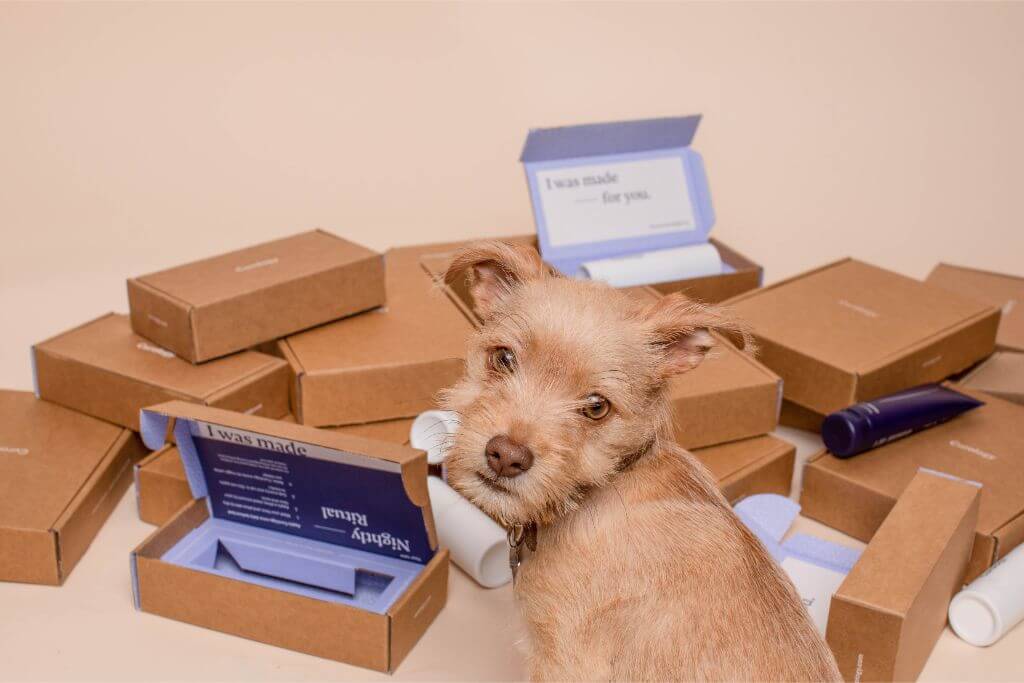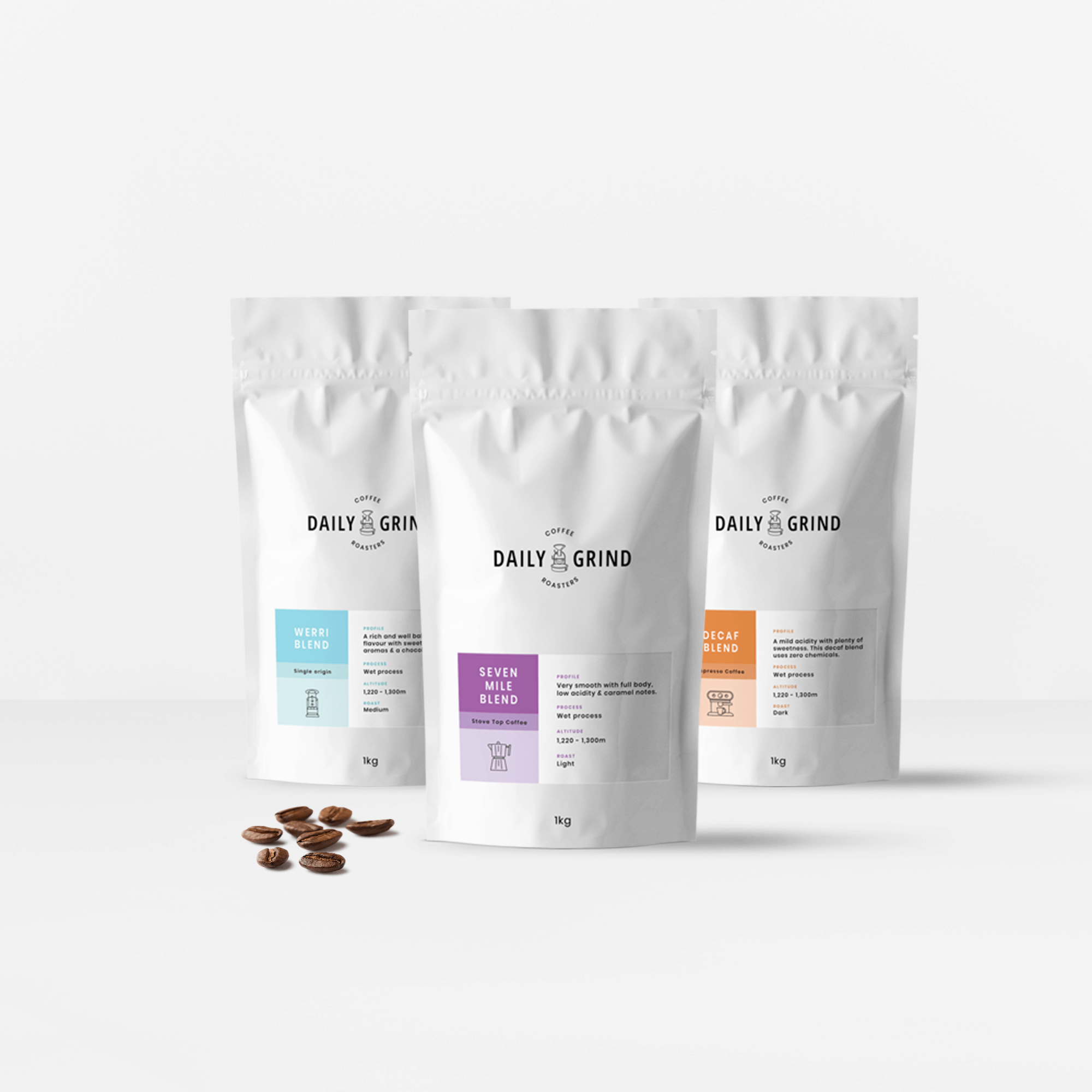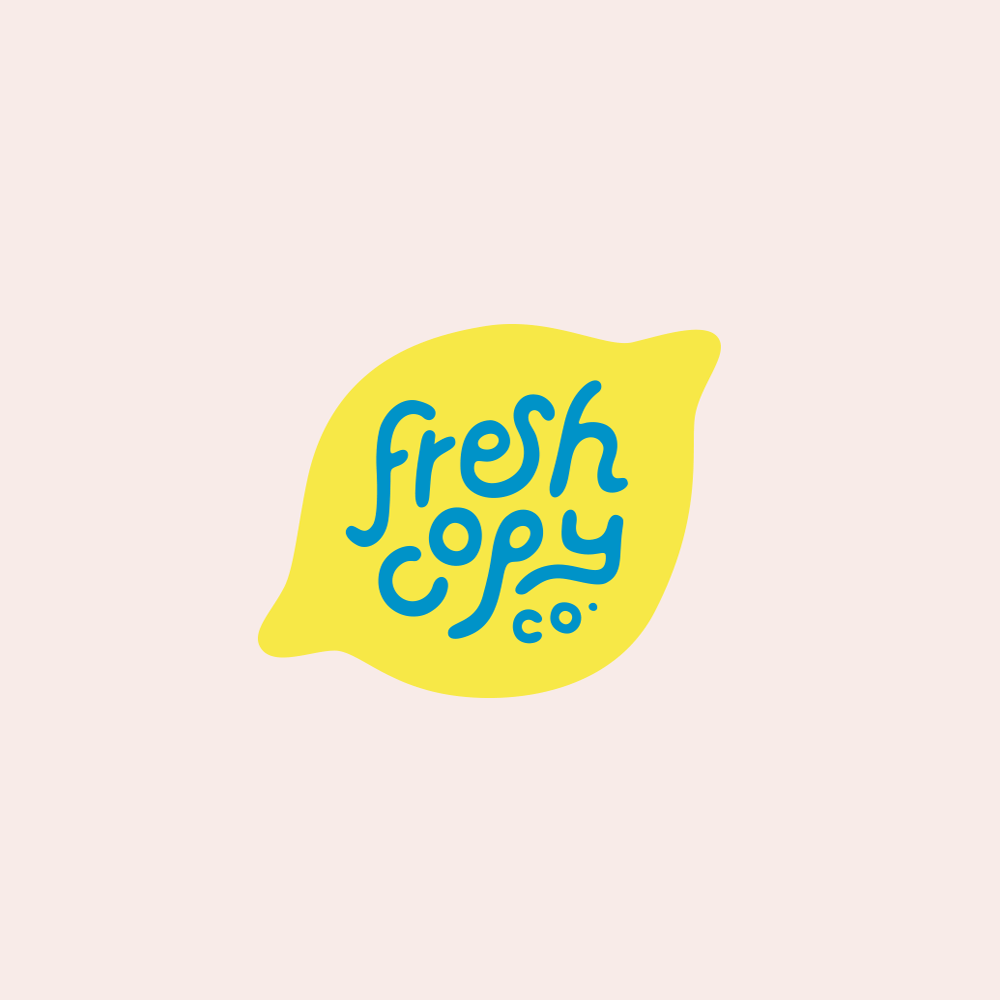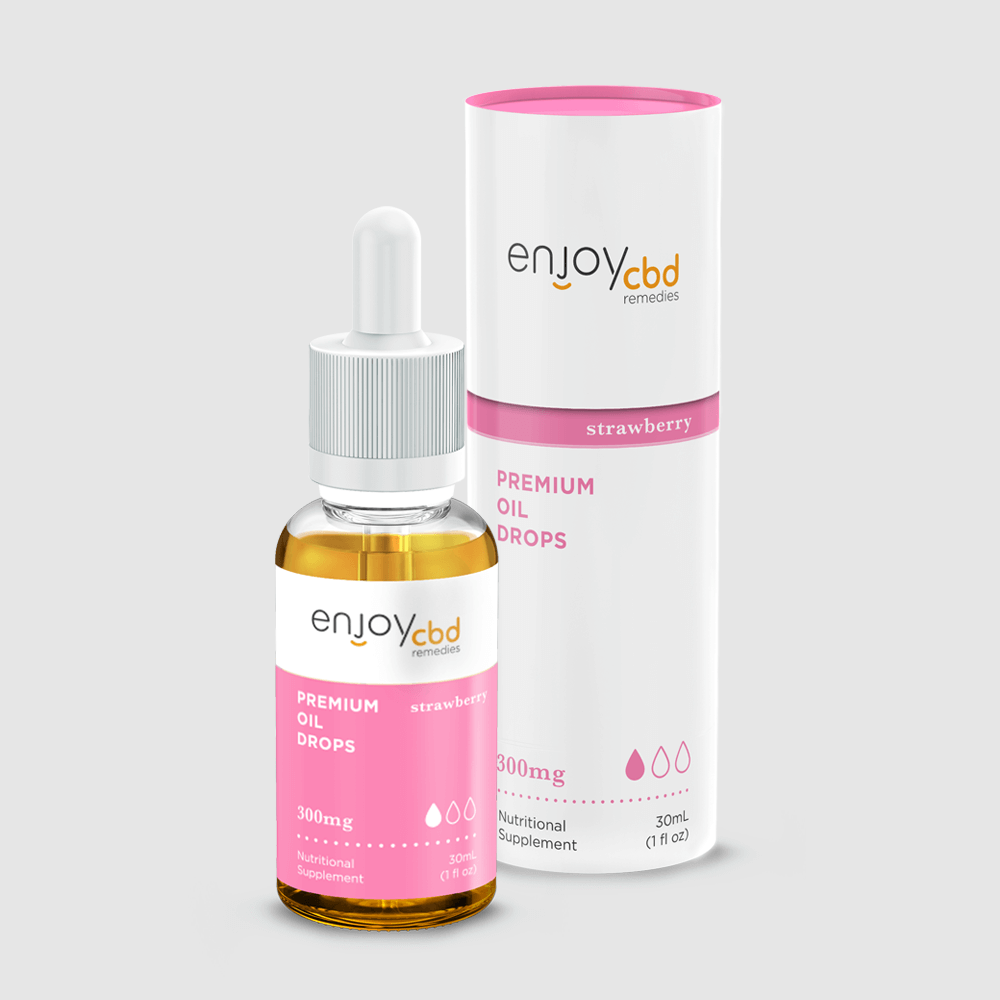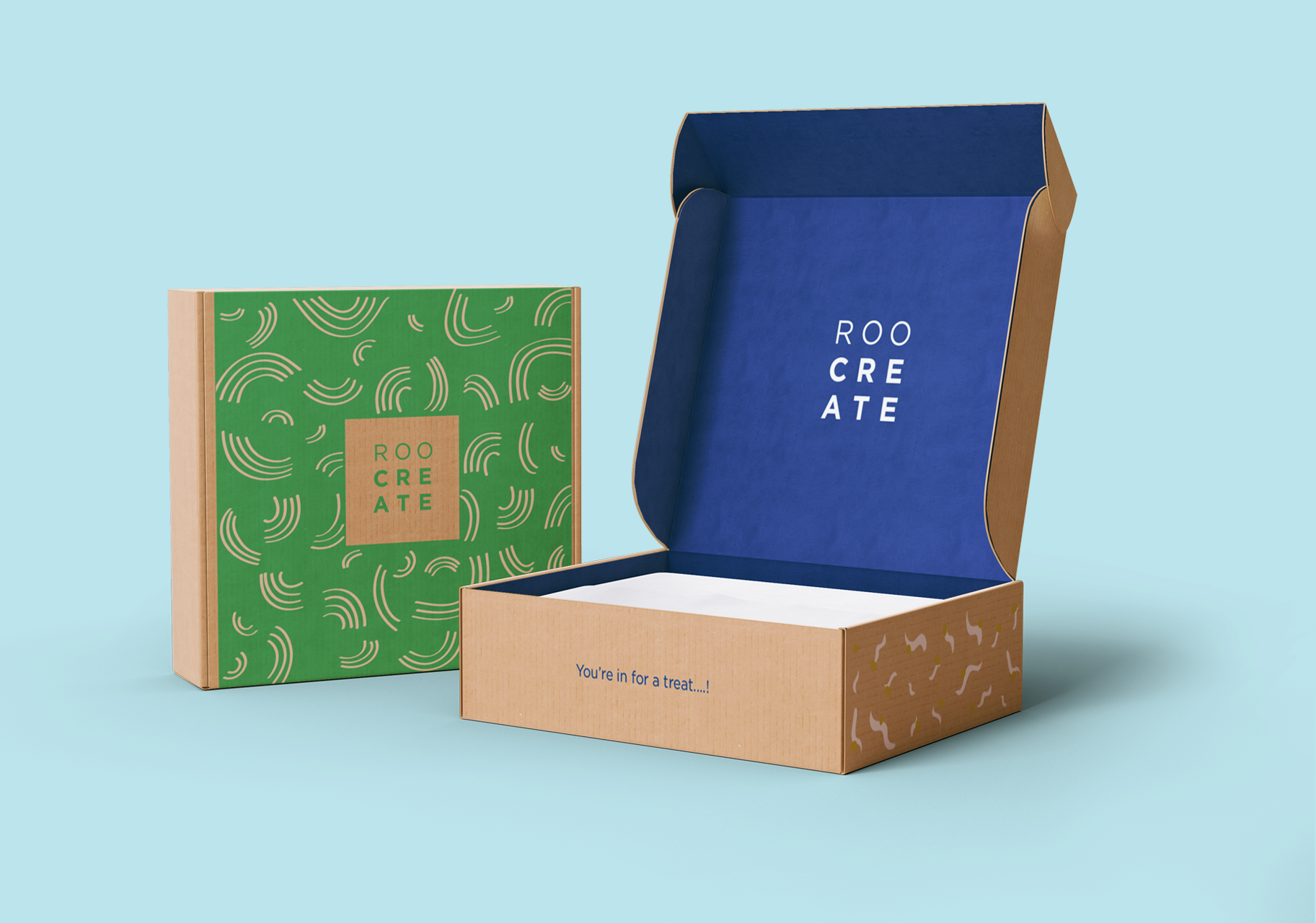
What is Eco-Friendly Packaging? (And Why It’s Important for Your Sales)
In light of the worsening plastic pollution across the globe, retailers are switching to environmentally friendly packaging solutions. Eco-packaging has also stirred a hype among consumers who are well aware of the damaging impacts of plastic waste in the environment. But in essence, what really is eco-friendly packaging?
By definition, eco-friendly packaging is any packaging that’s easy to recycle, safe for individuals and the environment, and is made out of recycled materials. It uses materials and manufacturing practices with minimal impact on energy consumption and natural resources. Also known as sustainable or green packaging, eco-friendly packaging solutions aim to:
- Lessen the amount of product packaging
- Promote the use of renewable/reusable materials
- Cut back on packaging-related expenses
- Eliminate the use of toxic materials in the production of packaging
- Provide options to recycle packaging easily
Why embrace eco-friendly packaging?
The environmental effects of single-use plastics don’t begin and end with waste treatment. It’s only the tail-end of the entire process that most consumers are aware of. A certain type of packaging can cause a serious impact on the environment in every stage of its production, beginning from sourcing the raw material, manufacturing, transportation, purpose, and all the way to its disposal.
The average Australian uses 130 kg of plastics per person each year. And a whopping 130,000 tonnes of plastic will likely end up in waterways and into the ocean. If we don’t take action on this, this plastic pollution can threaten our marine wildlife and contaminate our food chain.
Switching to eco-packaging is the most viable solution to minimise this problem. Packaging manufacturers and businesses have a huge role to play in putting environment-friendly packaging items in the mainstream. With plastic pollution is growing at an alarming rate, industries need to reduce, if not completely eliminate plastic use.
The Sustainable Packaging Coalition details why this revolutionary packaging method is beneficial to our planet as a whole.
- It’s safe and healthy for people and communities throughout its life cycle
- It is made out of materials that are healthy
- It is sourced, manufactured, transported, and recycled using renewable energy
- Sustainable packaging passes the market criteria for cost and performance
- Eco-packaging is physically designed to optimise materials and energy
- It optimises the use of recycled or renewable source materials
- Eco-packaging items are manufactured using clean production technologies and ethical practices
- It’s recovered and utilised in biological and/or industrial closed-loop cycles
Taking on an eco-mindset and translating it into your packaging design is also good for your brand. A study revealed that sustainable packaging can help brand owners increase their net sales by about 2 to 4 per cent. Thanks to the growing number of consumers (particularly millennials) who’re coming to patronise businesses with a palpable concern for the environment. According to the study, these consumers value eco-friendly packaging as a part of the entire brand experience.
Which packaging materials are better for the environment?
There are plenty of alternative packaging solutions that are biodegradable and recyclable. Below are the most common examples of packaging that naturally decompose:
- Paper – It’s a great packaging option since it’s reusable, recyclable, biodegradable, and can be used for any purpose. Most of the paper packaging we see everyday are made out of recycled paper.
- Cardboard – Due to its sturdy form, cardboard is another awesome alternative for packaging. Cardboard that isn’t laminated decomposes easily.
- Corn starch – Packing ‘peanuts’ (protective packaging used to hold fragile items in place) can be made using corn or plant starch material. This type of packaging can be used in lieu of plastic bubble wrap. Starch-made packing peanuts are fully biodegradable.
- Bagasse paper – This packaging material is made from the extracted juice of sugarcane fibre pulp. Bagasse paper is commonly used to replace traditional paper packaging in food services.
There are also packaging items that can be recycled. However, even if they don’t cause harm to the environment, sourcing the raw materials used to produce these items still requires a significant amount of energy.
These recyclable packaging materials are:
- Paper
- Cardboard
- Glass
- Some plastics – Examples of recyclable plastics are PET bottles, milk jugs, shampoo bottles, ice cream tubs, takeaway tubs, plastic utensils, and plastic bags. More about recyclable plastics in this comprehensive guide.
- Some metals – Metals can be recycled many times. Steel cans used to contain food and drinks can be recycled.
Eco-friendly packaging ideas
There are more ways you can explore as you shift to green packaging. Here are eco-friendly packaging ideas you might want to consider.
- Eco-pouch packaging – Perhaps you’re a coffee company that uses plastic pouches as a container for your locally-sourced coffee beans. If you’re looking for a more environment-friendly option, try using eco-pouches as an alternative. This simple and customisable eco-pouch is made from renewable wood pulp starch. The amazing thing about this packaging solution is that it can turn into a compostable material within 85 days!
- Canvas tote bags – If you plan to ban the plastic bag from your business for good, tote bags make up for a great eco-solution. Replace conventional plastic bags with Hessian bags. It’s a woven fabric made from jute plant skin and vegetable fibres. Sturdy and durable, Hessian bags can be used to contain bulky items. It’s an ideal grocery bag as well. This non-plastic eco-handbag can be custom-made with your brand logo.
- Eco-box packaging – If you use cardboard boxes for all your packaging needs, you’re already doing a monumental effort in reducing wastes through your business. Just make sure to use boxes that are a hundred per cent made from recycled materials. If you need different types of cardboard boxes that can shelter your product well and make it look presentable for your customers, check out these fab boxes.
- Eco-friendly labels – A package isn’t fully dressed without a catchy label. But take note that even a tiny product label can add up to the waste as well. Wherever you attach it (on boxes, pouches, bottles, etc.), your product seal or label has to be biodegradable, recyclable, and/or compostable.
Marrying packaging design and material
Of course, eco-friendly material isn’t all there is to a great eco-packaging: a significant half of it is design. An effective design makes your product stand out from your competition and it piques the interest of your customers.
For brick-and-mortar businesses, packaging design is crucial, since it’s what will shape a prospective customer’s initial interaction with your product. People who will see and learn about your product for the first time will form their first impression based on how your packaging looks.
And this is where your brand identity works its magic. It must be powerful enough to connect with your customers and hinge on their attention. Developing a brand identity that’s unique to you is vital in communicating your brand story and capturing the loyalty of your consumers.
These are the four reasons why packaging design is beneficial to the success of your product:
- Customer attraction – An impressive packaging lures in a potential customer to pick your product off the shelf and take it home. You want your packaging to hook people in and be curious about your brand.
- Branding – An appropriate colour palette, logo, and design trademark executed in your packaging makes your brand identity tangible. Your packaging has to prominently display your company colours, fonts, and trademarks to create a bold brand statement. Consistent use of branding standards and guidelines allows you to be recognizable to your audience.
- Utility – Well-thought-out packaging has its own function and purpose. A functional packaging protects your product and makes it easy to ship, collect, and store. Also, if your packaging showcases a useful function to your customer, then it becomes equally valuable as your product.
- Information – Your packaging is your tool to better communicate relevant information about your product and company. You need to design your packaging in a manner that carries all the information your customers need to know before purchasing your product. Your packaging should bear these details:
- Who designed the product
- Who the product is for
- The use of the product, including its limitations (if applicable)
- Knowledge needed to use the product
- Where the product was made
- Manufacturer information
- Expiration date
- Why your customers need your product (how can it improve your customer’s life? Why is it worth spending on?)
Steps in designing an eco-friendly packaging
Now that you understand the essence of eco-friendly packaging and design, it’s time to create one for your winning product. Below are the steps involved in designing eco-friendly packaging.
1. Gather content materials.
Have all the content you need in the ready before starting your design. The materials you may need are the following:
- Copy – Text you need for your package. This includes your brand name and compelling product description that attract your customers to buy.
- Images – Decide on the kind of imagery you want your product to have.
- Necessary marks – These may include nutrition information, industry marks, and barcode. These will depend on the standards imposed by your industry bodies.
- Brand requirements – Elements like your brand colours, fonts, and logo are all important to create a packaging appearance that’s consistent with your brand identity and aesthetics.
2. Decide on the layers of packaging.
Product packaging has three layers namely inner, outer, and product packaging. You may need one or all three of these depending on the type of your product.
- Inner packaging keeps your product safe and fitted snugly. This can be tissue paper or packing peanuts. It can also be a sealed bag that aims to preserve the freshness of your product.
- Your outer packaging is what your customer is going to see first. It protects your products from external elements. This can be the box in which the product is shipped or the shopping bag used to contain the item at your store.
- Product packaging is what your customers will remember your product by. It’s the pouch containing the coffee beans, the wrapper of a chocolate bar, or the tag on an article of clothing.
3. Choose your packaging type.
Determining the type of packaging that suits your product best can be a tough decision to make. Here are some factors you need to consider during the selection process:
- Product – Packaging always revolves around the product at hand. If you’re selling anything liquid, it can set a limit for your options.
- Competition – Pick a packaging material that sets you apart from other brands in your industry. But always think of what will be most convenient to use for your consumers. After all, your packaging can affect people’s experience with your brand. Make sure it’s reusable or recyclable.
- Budget – Your packaging idea should be realistic with your budget. Consult with a packaging manufacturer to find recyclable options that fall within your budget and product requirements.
4. Identify the centrepiece of your design.
Create an information architecture where you will zero in on the one thing or message that you want your customers to remember about your product. You may have stellar reviews from your target customers, a remarkable tagline that captures your company values, or a fab graphic illustration that shows how to use your product. But when a buyer sees your packaging they’re only going to recall one thing. What is that outlier going to be? That should be the dominant theme of your packaging design. Then make that the dominant theme which they will notice as they pick your product (or visit your website).
Check out the following brands and see what their design centerpiece is:
5. Evaluate your design.
After coming up with your packaging design, the next thing you want to do is to assess its value and effectiveness. Below are some questions to consider upon evaluation:
- Does it clearly present what your product is? Your package should readily reveal what your product is and the customer it’s trying to attract. An effective package should convey a clear message and is unlike anything else. Take note that consumers are only willing to pay for a product of which value they understand.
- Does your package honestly represent your product? If you plan to show photos of your product on your packaging, make sure the photos represent the actual product itself. If you show a picture of cookies filled with lots of chocolate chips on top but there’s actually only one chocolate chip on each of your cookies, you risk creating a false promise to your customers.
- How will the package look like on the shelves? Shelf appearance is crucial for products that are distributed and sold in stores. Some of the things you need to think about include:
- The visibility of the packaging when your products are lined up on the shelf. Ensure that the essential product details are front and centre.
- The appearance of the products when they are stacked on top and next to each other.
How your product will look when put next to competitor brands. Consider how you can make yours stand out and get the most attention. - How your product will look when put next to competitor brands. Consider how you can make yours stand out and get the most attention.
- How versatile is your design? This is important for brands that are planning to offer new variations of their product in the future. You may only have a coffee product existing at present, but you might want to roll out a range of tea variants in the next few years. Can your design be easily reoriented or upgraded to accommodate product variations?
Work with professional packaging designers
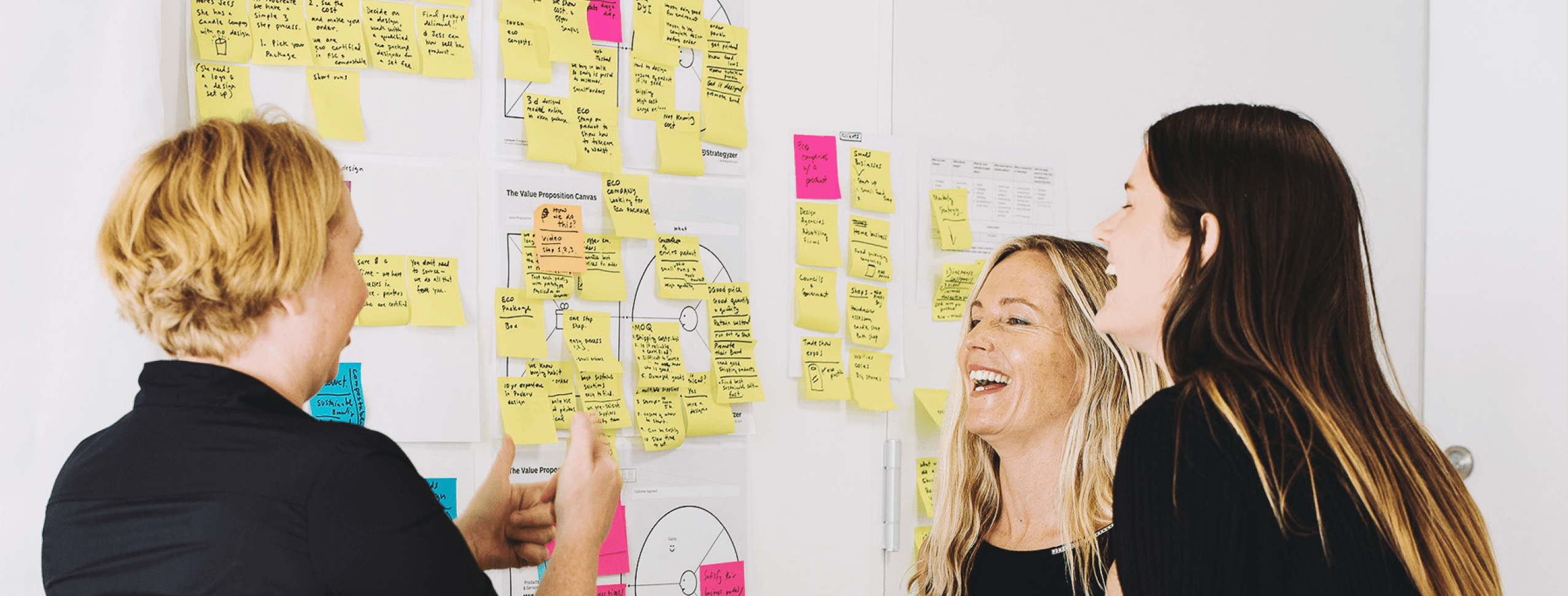
Now that you’ve learned the essence of great packaging and how you can create one for your product, it’s time to contact an expert designer to bring your ideas to life. Professional graphic designers have put in years of work and study to help businesses create a package design that’s as effective as it is impressive. Invest in excellent packaging that can build a strong impression and latch on your customers’ attention.
If you’re looking for a reliable design team who can help you produce a packaging that works, contact Rooland Design. With 25 years of combined professional experience, we can help you make your product stand out in a sea of brands, picked off the shelf, taken home, and loved forever.


